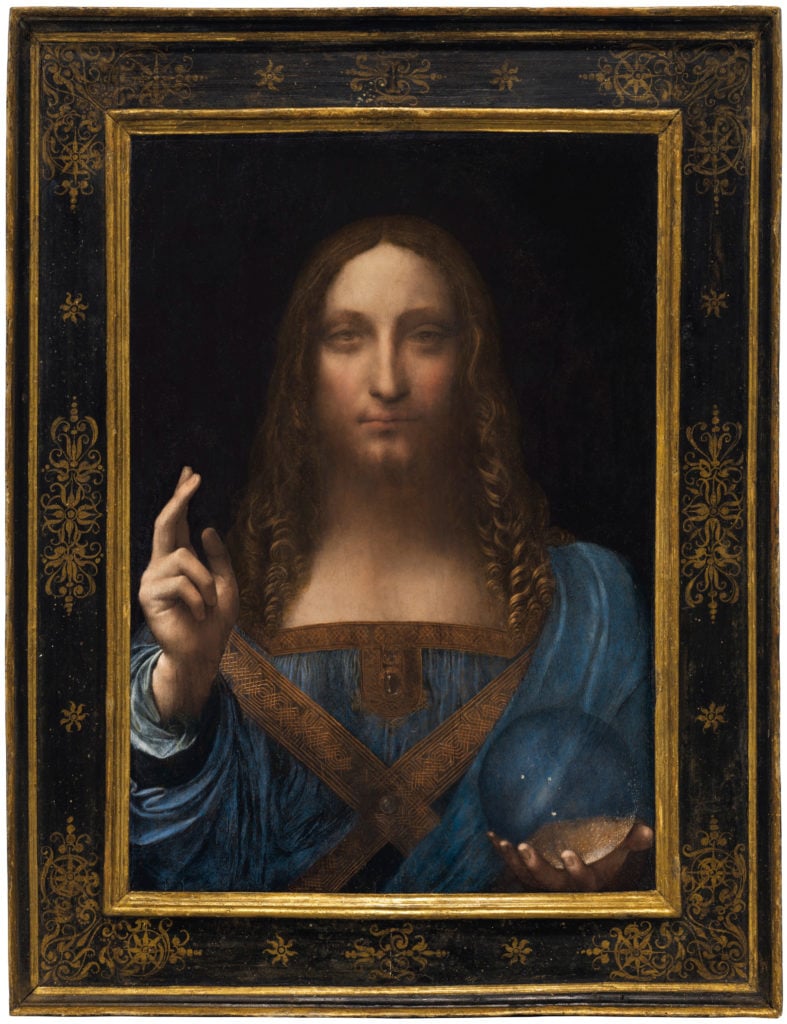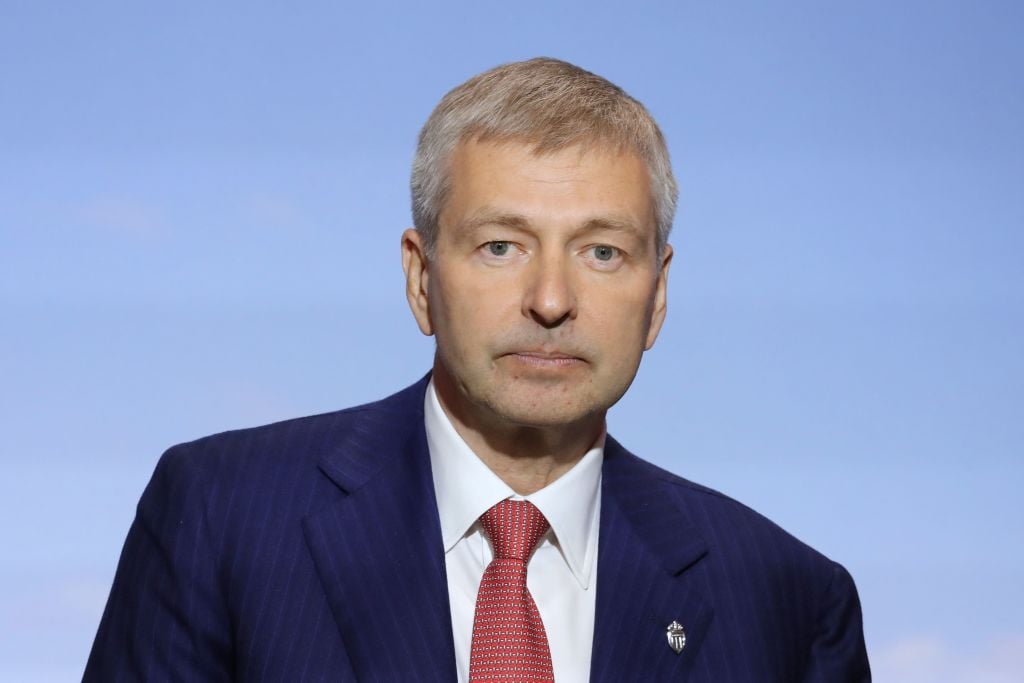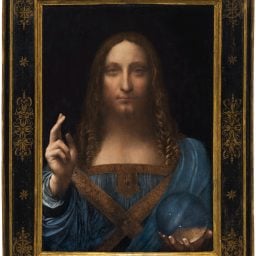Dmitry Rybolovlev is charging forward in his lawsuit against Sotheby’s, the 280-year old auction house that he alleges was at least partially complicit in a plan to defraud him in their support of Swiss dealer Yves Bouvier, who sold the Russian billionaire some $2 billion worth of blue-chip art over the course of more than a decade.
It was only much later that Rybolovlev and his related holding companies say they became aware of massive re-sale prices that they allege crossed the line between fair-market markup and fraud.
After years of litigation, during which attorneys for Sotheby’s managed to see numerous claims dismissed, a long-anticipated civil case against the house opened in downtown Manhattan this morning in the Southern District of New York, with Judge Jesse Furman presiding. The case is slated to highlight—even largely expose—the unusual and often opaque nature of the international art market.
Rybolovlev, who suddenly appeared in the courtroom today after the midday break, sat quietly next to his legal team at the front of the courtroom, listening to the proceedings with the aid of an interpreter.
In lengthy opening arguments, one of his attorneys, Daniel Kornstein, said the case is about “accountability,” asserting that Rybolovlev lost millions and is seeking damages, but adding that “money is not the only issue.” He drilled down on many of the points that have already been raised in the lawsuit, claiming that Sotheby’s and its executives “aided and abetted” the alleged fraud perpetrated by Bouvier.

Leondaro da Vinci, Salvator Mundi, ca. 1500. Courtesy of Christie’s Images Ltd.
The four works in question in the case include: The Domain of Arnheim by Rene Magritte; Gustav Klimt’s Water Serpents II (1907); the now world famous Leonardo da Vinci painting of Christ known as Salvator Mundi (circa 1500); and a limestone sculpture by Amedeo Modigliani, titled Tete.
Kornstein presented several charts reiterating the respective visual differences between the acquisition prices that Bouvier acquired artworks for and the subsequent “secret markups” that resulted in the allegedly exorbitant prices that Bouvier charged to Rybolovlev that he alleges happened with Sotheby’s help. For instance, Bouvier acquired Salvator Mundi for $83 million but charged Rybolovlev $127 million, a difference of more than $40 million.
The fact that the da Vinci was resold at a Christie’s auction for just over $450 million in 2017, another price leap of $323 million and presumably a massive profit for Rybolovlev, has not stopped him from crying foul.
Kornstein previewed numerous emails that he said will show how a Sotheby’s executive, Samuel Valette—now Sotheby’s senior vice president and vice chairman, head of private sales, Europe, Middle East, and Africa—helped Bouvier inflate prices and conceal key information from Rybolovlev.
Valette is scheduled to travel to the U.S. from London to testify next week. The high-profile list of witnesses and experts also includes former Sotheby’s CEO Bill Ruprecht, along with other current Sotheby’s executives such as Helena Newman, auctioneer and chairman of Sotheby’s Europe and worldwide head of Impressionist and modern art.
Rybolovlev himself, along with one of his key art experts who corresponded with Bouvier, is expected to testify, a fact which appears to now be cemented after his presence in the courtroom today. Artnet News understands he also attended some of the recent pre-trial hearings in person as well.
In her opening arguments for Sotheby’s as defendants, attorney Sara Shudofsky forcefully countered the plaintiff’s allegations, saying that the case is about Rybolovlev trying to make “an innocent party” pay for what Bouvier did to him. She said Rybolovlev is a savvy businessman who employs many experts and professionals, but, who, when it came to buying masterpieces, did not take even “basic steps” to research the prices and representations that were being made to him.
“He has good reason to be angry at himself,” Shudofsky said. She explained at length that Sotheby’s had no knowledge of what Bouvier represented or what actions he took after it made the respective private sales to him. “The plaintiff’s quarrel is with Yves Bouvier,” she said, noting numerous cases where Bouvier fabricated negotiations that he claimed were ongoing with private sellers in an effort to motivate Rybolovlev to act quickly.
In an unexpected twist, less than a month ago, Rybolovlev settled with Bouvier.
Perhaps not surprisingly, given the unusual nature of the case, prospective jurors were asked detailed questions about whether they were already aware of the case—both the legal disputes and the blockbuster sale of the da Vinci Salvator Mundi have garnered international headlines in recent years.
Prospective jurors were also asked whether they had ever bought or sold art through Sotheby’s and, in an even more unusual twist, a list of nearly 50 high-profile art world names were included on the questionnaire in case anyone had knowledge or a relationship with any of those people that merited closer attention. Included here were additional Sotheby’s executives, as well as members of the Acquavella art-dealing dynasty, mega-dealer Larry Gagosian (several in the jury pool said they recognized the name or had visited a gallery show) and top collector Steve Cohen. At one point a juror asked whether he was the “same Steve Cohen who owns the Mets.” It is.
When Judge Furman asked whether it would affect the juror’s ability to be impartial, he responded: “No,” and added: “I’m a Yankees fan.”










